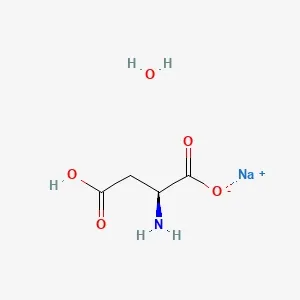
Amino Acids & Derivatives for Cell Culture
L-Aspartic acid monosodium salt monohydrate
L-Aspartic acid monosodium salt monohydrate (CAS No. 323194-76-9) is a white crystalline powder with a molecular weight of 173.10 g/mol and a melting point of approximately 140 °C. Used as a component in cell culture media, it supports cellular energy metabolism by participating in the synthesis of key intermediates that fuel cell growth and division.
We manufacture up to 10 tons per month to ensure consistent supply for high-demand applications. This amino acid derivative is delivered in 25 kg fiber drums and should be stored at –20 °C under an inert atmosphere to maintain its stability.
- CAS No.: 323194-76-9
- Molecular Formula: C₄H₈NNaO₅
- Purity: 99% min

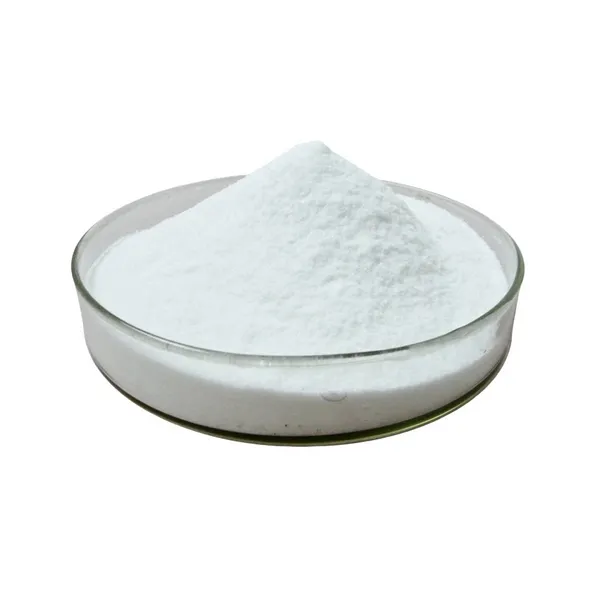


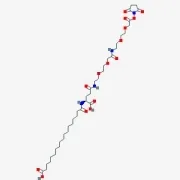
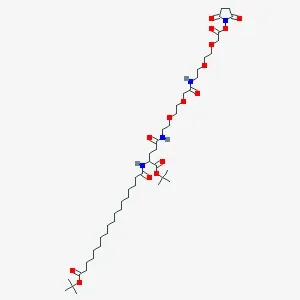
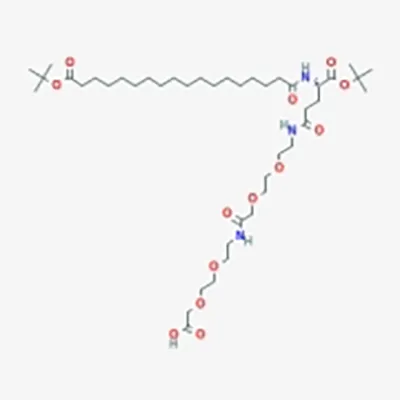
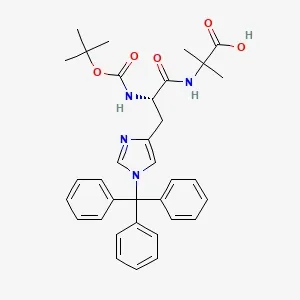
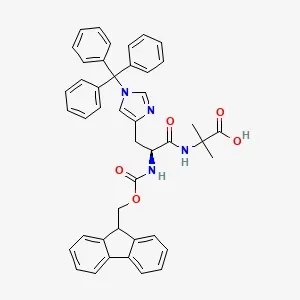
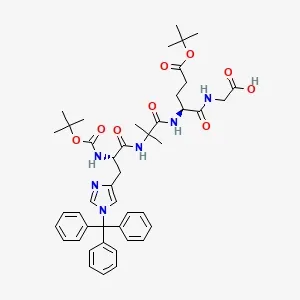

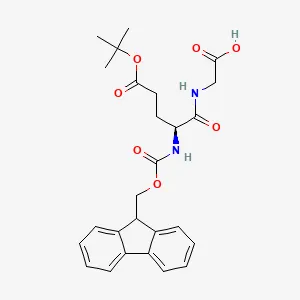
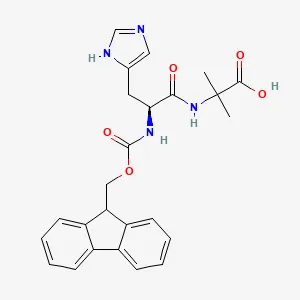
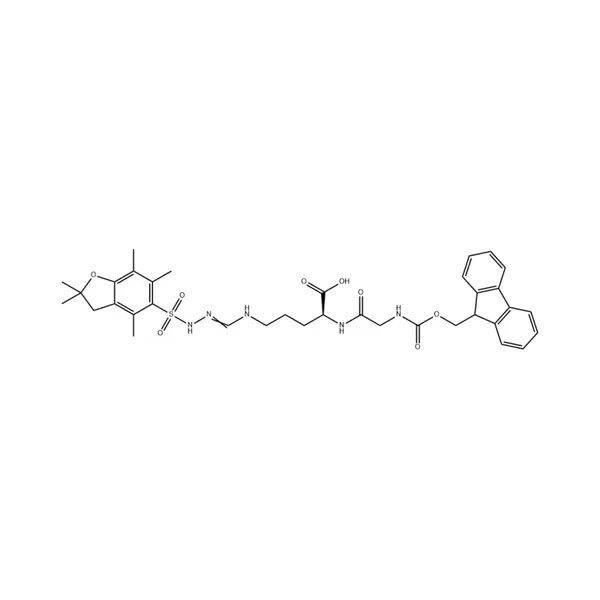
![Fmoc-L-Lys[Oct-(otBu)-γ-Glu-(otBu)-AEEA-AEEA]-OH](products/2-2-1-fmoc-l-lys-oct-otbu_01.webp)



